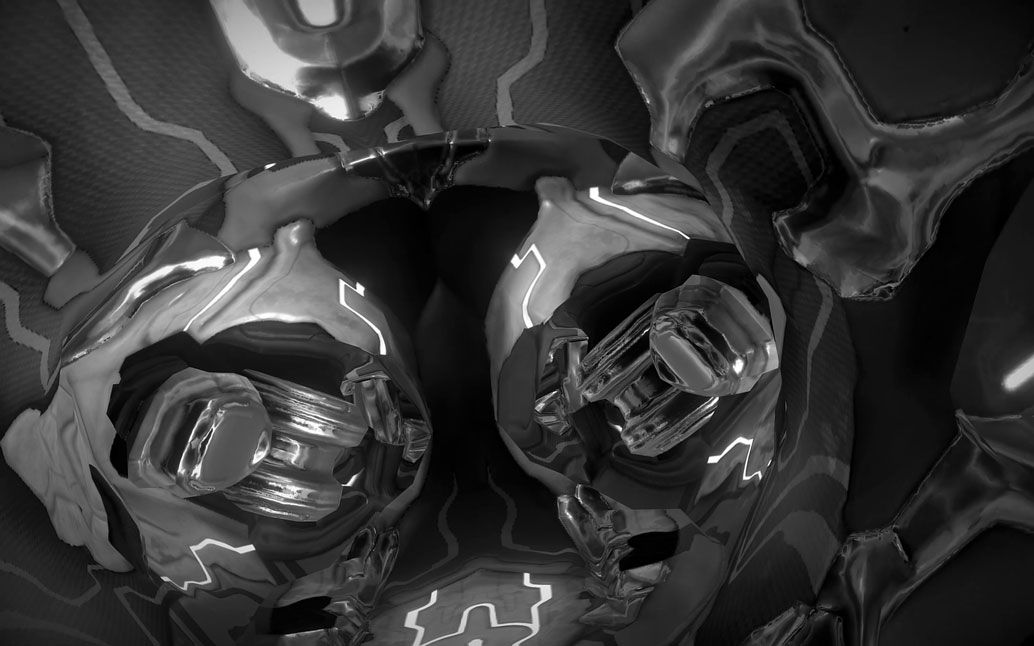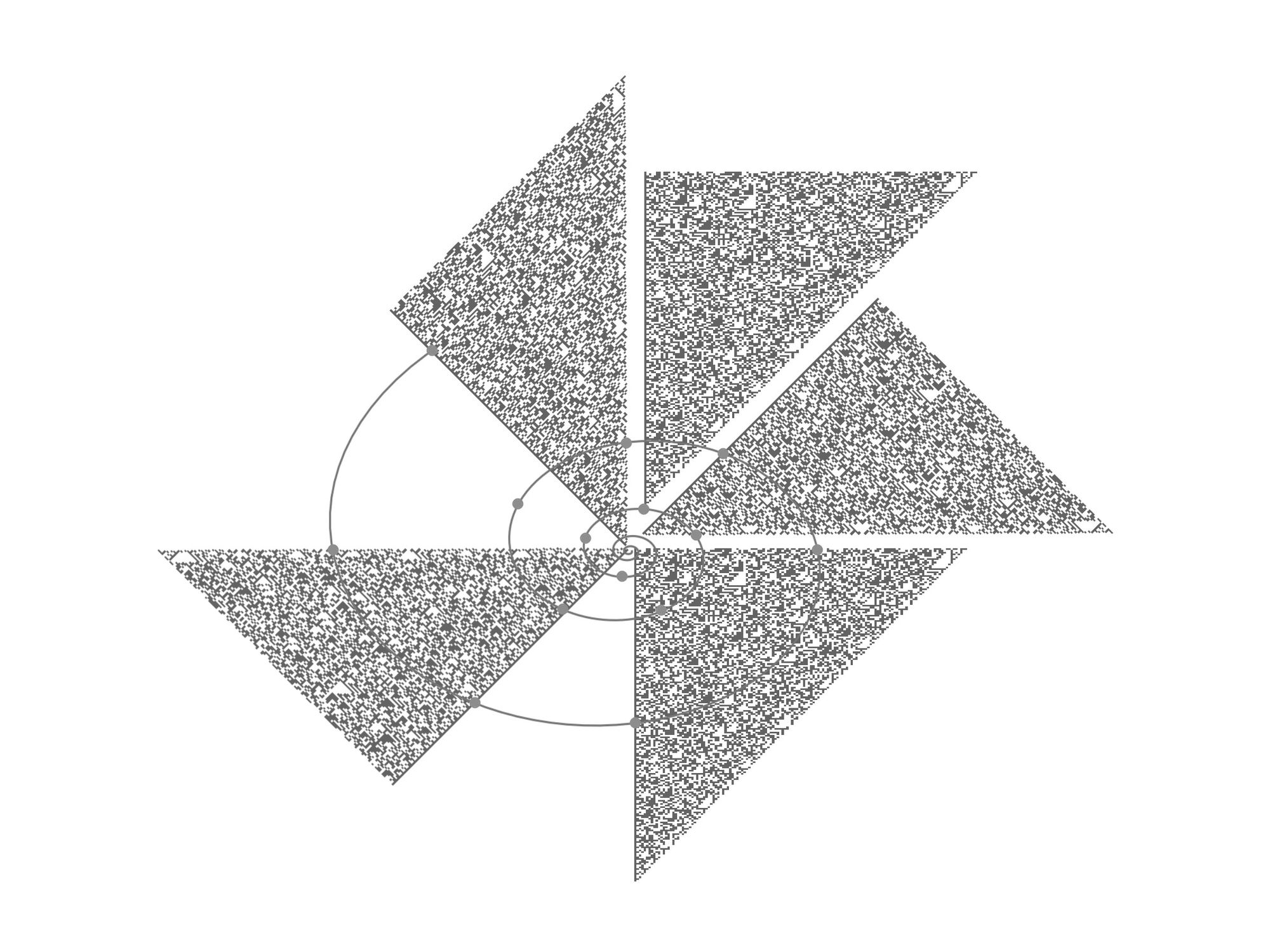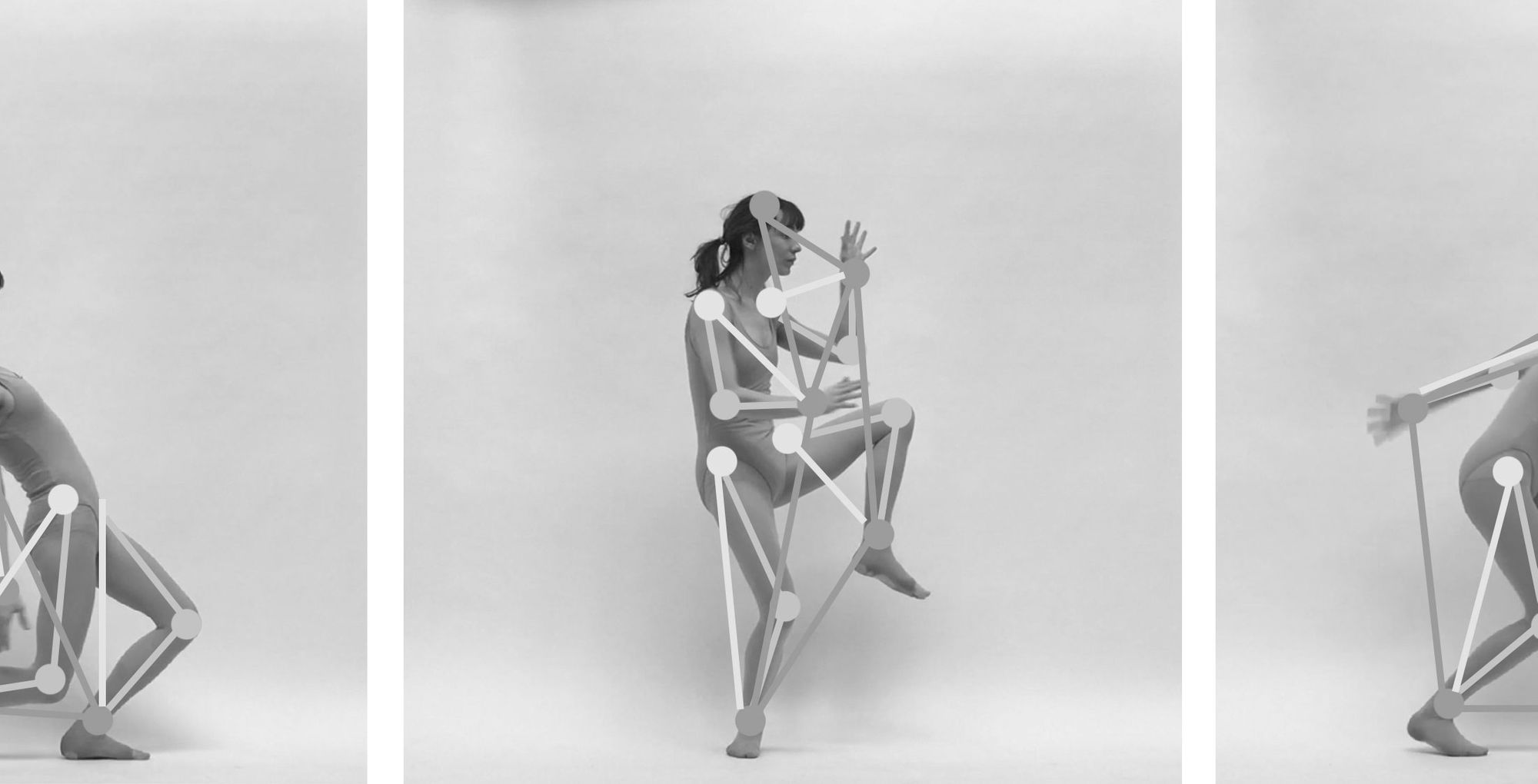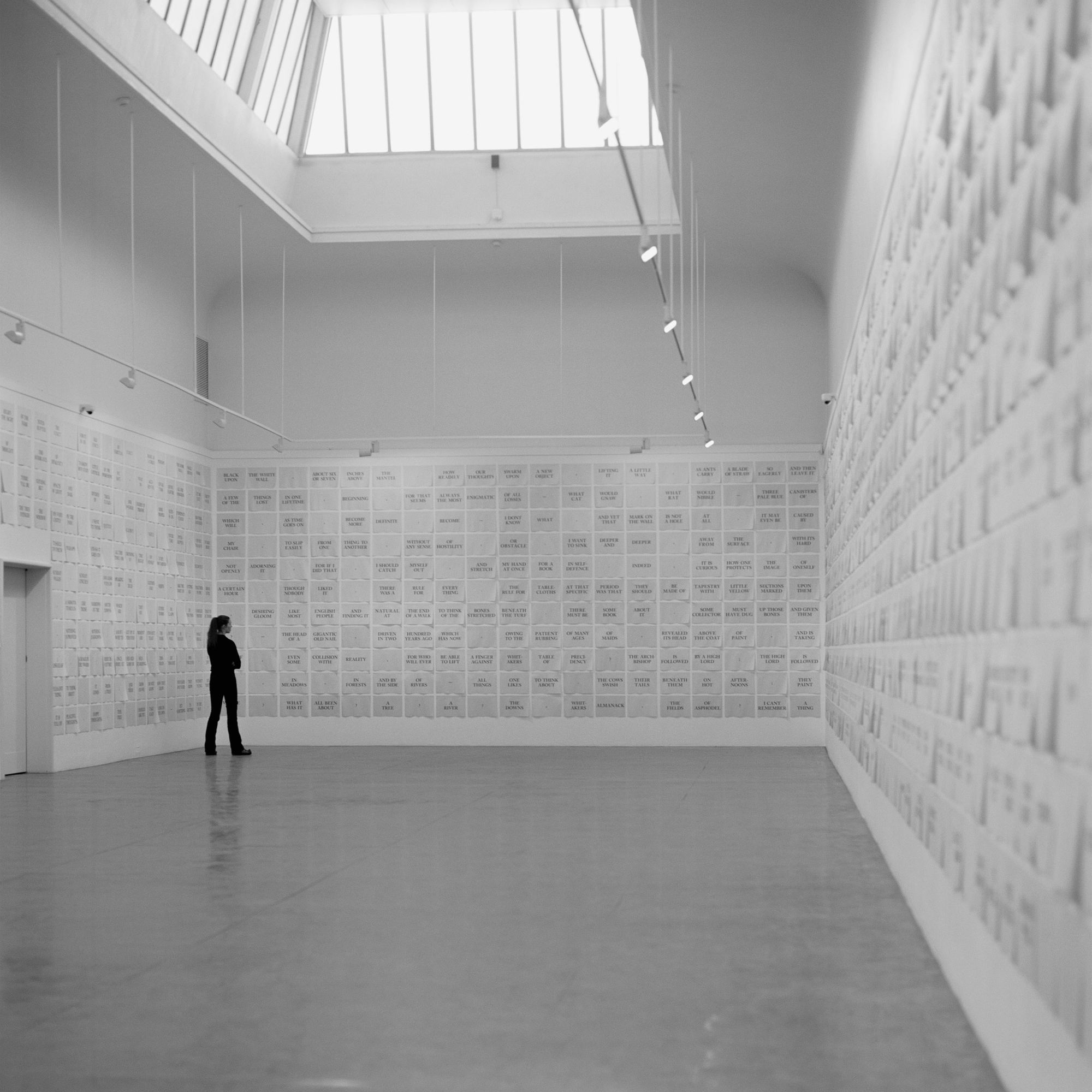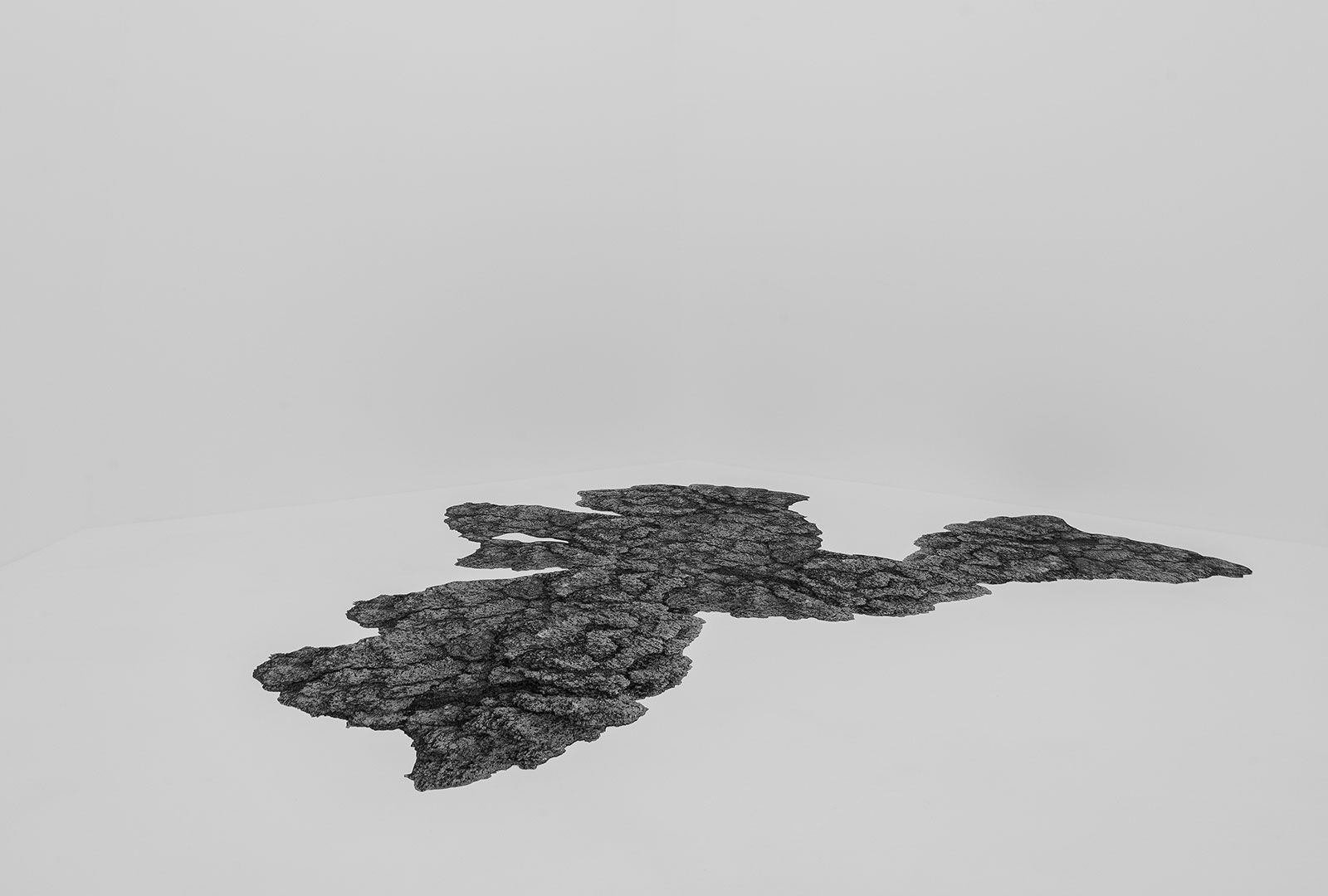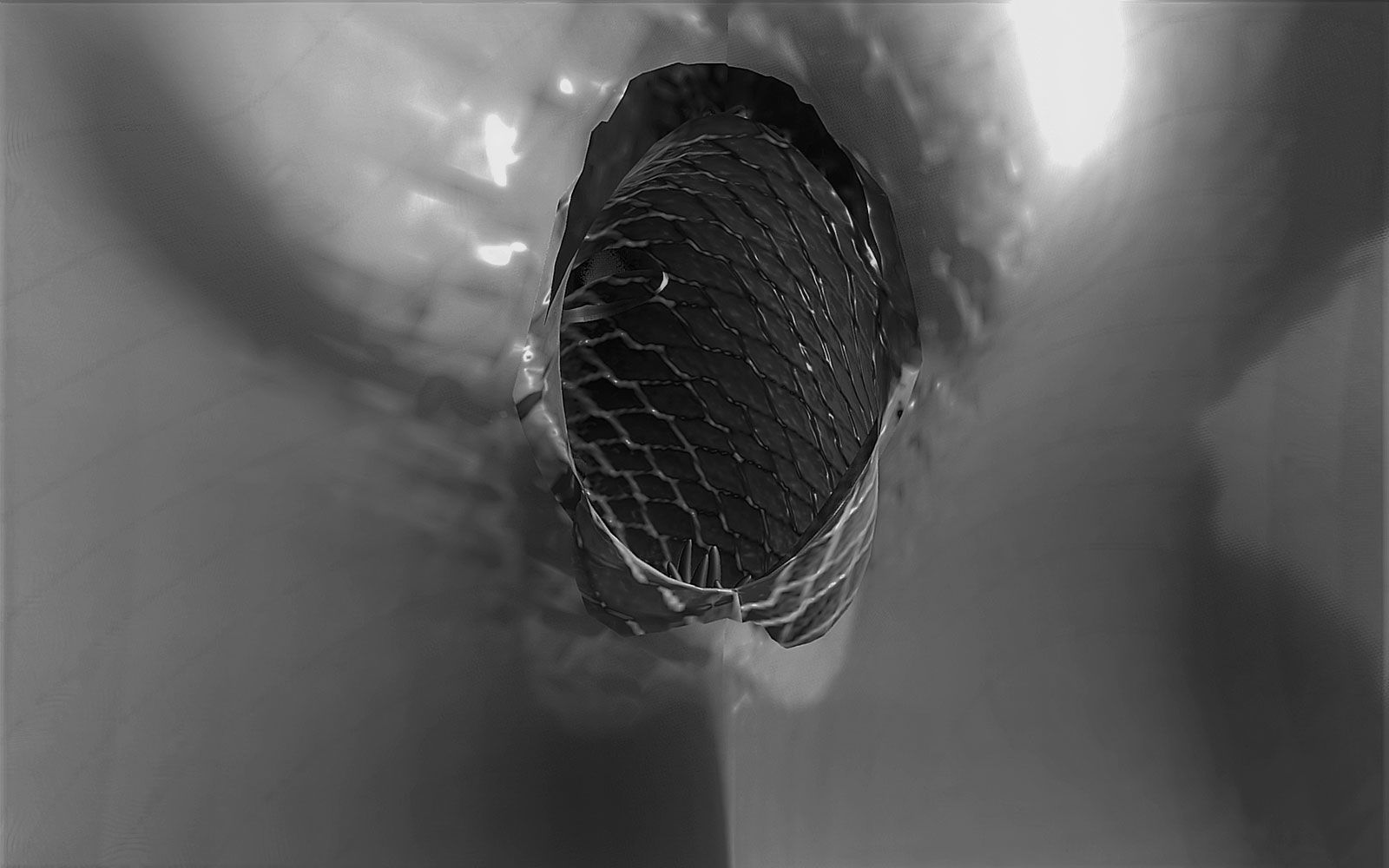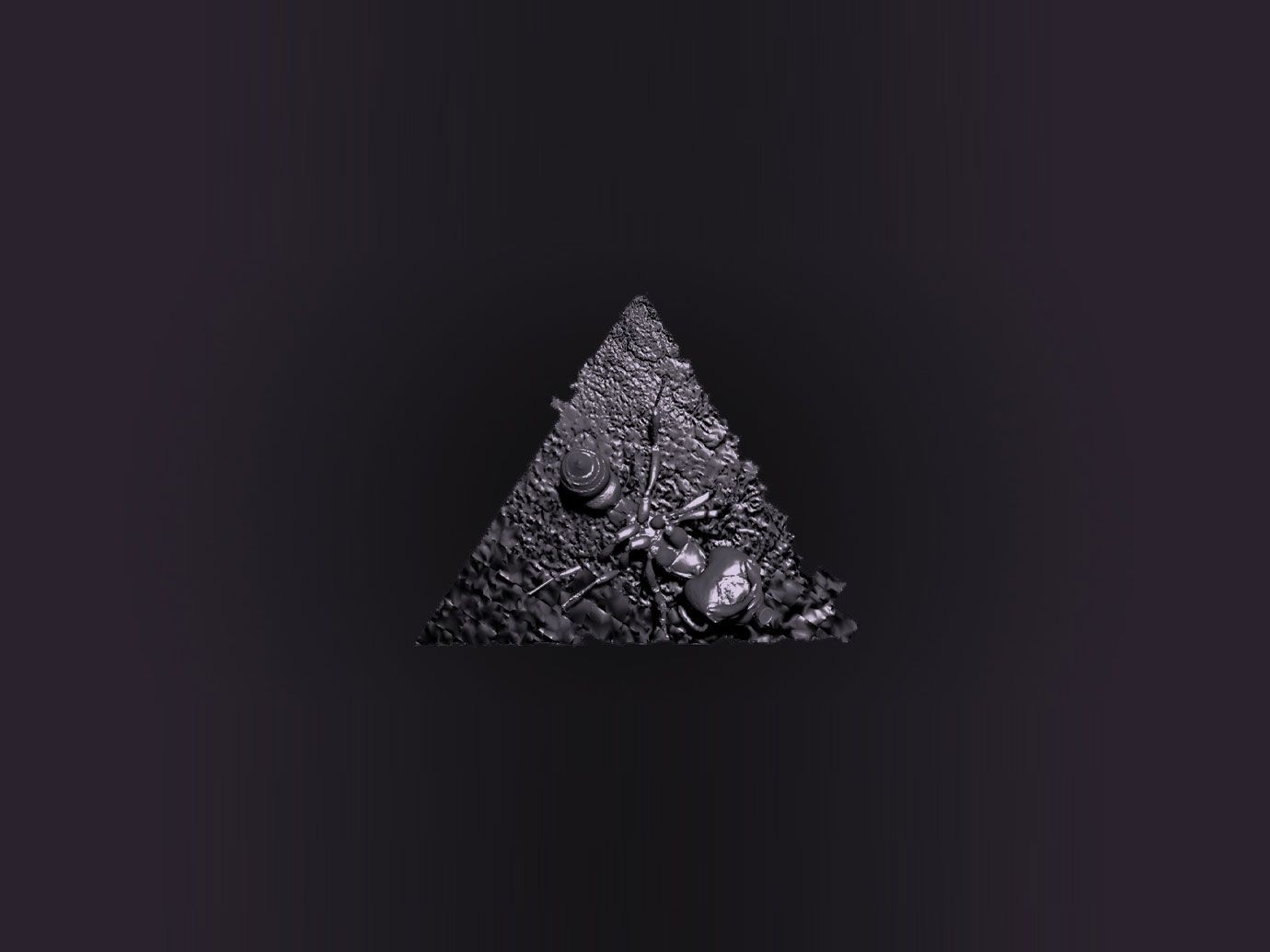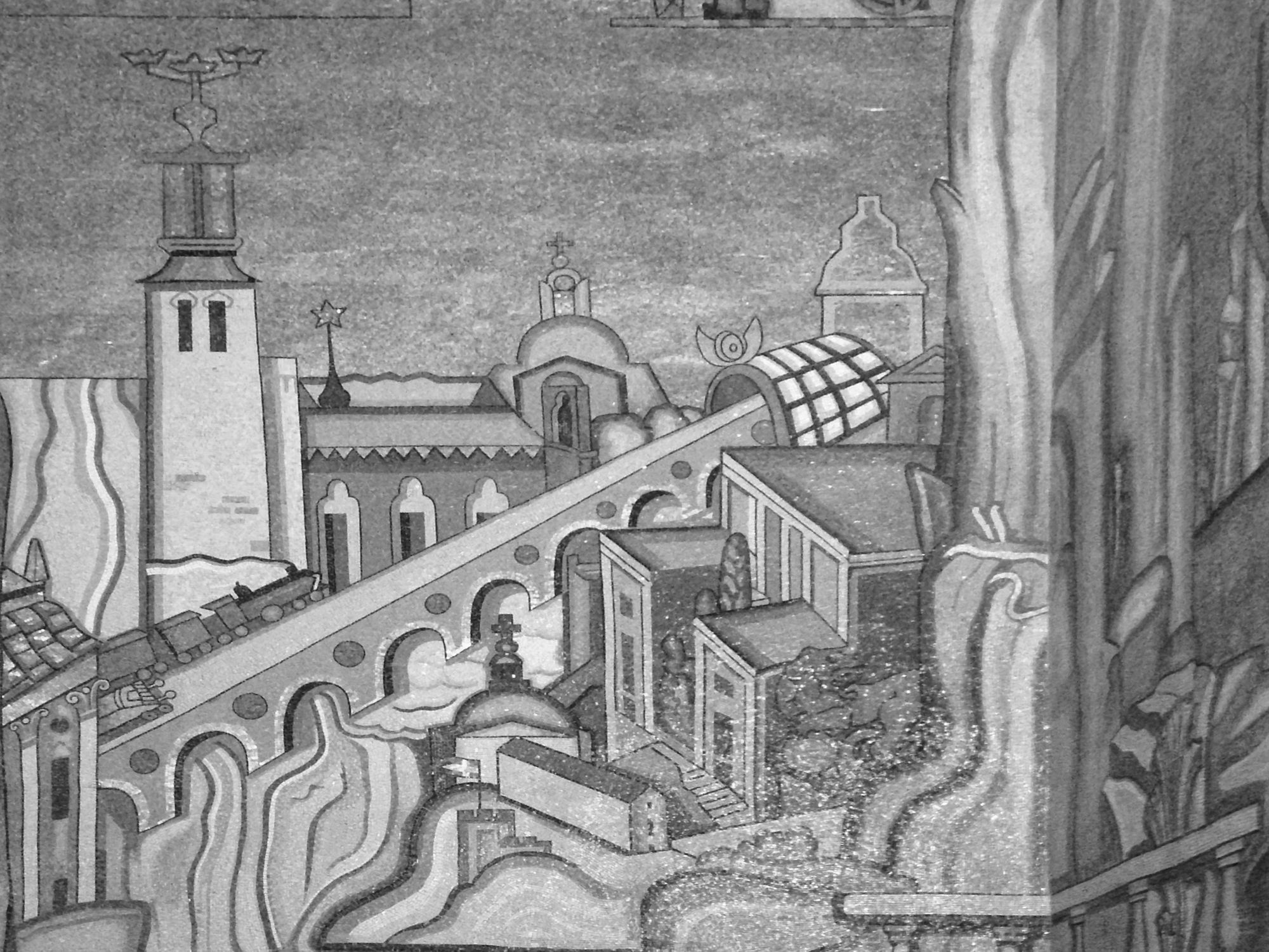VIS #4, 'Affecting Material and Technique', exposes artistic practices that enter into a critical and transformative dialogue with their tools, techniques and materials. Complex and entwined relationships emerge between artistic concerns and the tools, processes and techniques that form part of the practice in which those concerns are embodied.
VIS #4 - THEME: AFFECTING MATERIAL AND TECHNIQUE
This issue of VIS takes as its point of departure a tension that has been present in my own practice for more than twenty years. Towards the end of my studies in composition, I discovered the music software Max, a programming environment for real-time editing of sound and media. [1] Instead of composing notated music to be interpreted by musicians, I got involved with computer-based sound works, presented as installations rather than in concert. Previous compositional techniques no longer seemed to apply in quite the same way. Score-based composition operates on a timeline that can be traversed back and forth. Exercises in harmony and counterpoint operate just as well from the end (the cadence) moving backwards as from the beginning. Instead of obeying normal durational flow, in Max, I instead organised asynchronous musical events as extended states. Rather than asking when something happens and how it may develop, I needed to address how often it happens and how parallel layers may overlap or collide. There was a need to develop new compositional techniques and principles responding to the new medium and aesthetics I now worked. These techniques materialized as a library of code fragments that permitted reuse and refinement. Other composers seemed to work in similar ways; for instance, Karlheinz Essl developed the hypertext composition Lexikon-Sonate in parallel to the development of a Real-Time Composition Library for Max. [2]
The development of my compositional practice has continued to correspond with the parallel development of new digital tools, a coupling that is sometimes challenging to communicate. On occasion, art gets lost in technology, and in other conversations, technological development is defined to be outside the realm of artistic practice. At a Sensuous Knowledge conference, I encountered Henk Borgdorff’s illuminating and now well-known distinction between research on the arts, research for the arts and research in the arts. [3] The model argued that artistic practice can be a site for research. Furthermore, it emphasized that the sharing of results and reflections from artistic research necessarily differed in form and content from, for example, research in the humanities, being research within a different discipline. Finally, the concept of research for the arts helped me to frame how technical development related to my practice.
Still, over time I have come to sense that this model has its limitations. The distinction into three categories represents a compartmentalisation that establishes divisions and distances between the three. The model may delineate some activities as being inside and part of artistic research while others are left out. In my own practice, it no longer seems productive to understand artistic research and technological development as belonging to separate disciplines; rather, they are parallel and co-existing perspectives of the same practice.
The development of instruments and tools is an integral part of research within many other disciplines. Thomas Kuhn observes that, within a new paradigm, “scientists adopt new instruments and look in new places. Even more important, during revolutions scientists see new and different things when looking with familiar instruments in places they have looked before” [4].
The composer and philosopher Rebecka Ahvenniemi quotes Theodor Adorno’s postulate that “each and every important work of art leaves traces behind in its material and technique” [5]. She regards art as a source for change and suggests that “the work may come to affect its own tools and materials, and the social space around it.” [6] Historically, there are many examples of how research in and research for the arts have overlapped. For example, the post-WWII history of electronic music took place mainly at experimental research centres, where artistic and technical experimentation and development happened in tandem, with a high degree of interaction and correspondence between the two.
VIS Issue 4 presents artistic research that enters into a critical and transformative dialogue with its own tools, techniques and materials.
Øyvind Brandtsegg reflects on his own practice as a long-term research process. Early in his professional career, he became involved in the use of interactive computer programs in jazz improvisation. He developed these programs as a means or a method of breaking free of established forms and expressions. These initial explorations started a process that is ongoing. He considers the building of instruments to be a compositional process, with similarities between the selection, development, and assembly of the material parts of the instrument and the constituent parts of a piece. Furthermore, instrument design has immediate consequences for the resulting musical possibilities, in terms of what the instrument affords. Technical development can therefore also take the form of engagement with materials in a process that expands the possibilities for musical expression.
The introduction of motion-capture technology alters the way that fashion design is understood in the work of Linnea Bågander. The body is reinterpreted in terms of motion rather than as object, and intentionality in the development of garments shifts from concerns about how they are seen and experienced as objects to what movements they afford. Movement is already present in the garment-making process but to make use of movement, as opposed to positioned form, as a design material opens new possibilities and temporalities. One part of her study is non-material and draws upon dance and motion-capture technology, mapping the body as a point-based system. Next, the movements of the hand are used in a material case study that develops several approaches and principles for how garments can be developed as systems of material suggestion available for the wearer, or as a system of forms in movement.
According to Tim Ingold, with the development of print technology, the page lost its voice. The gestures of the hand that writes are linked to the uttering and hearing of words, while, in print, the technical execution is decoupled from imaginative design. "Whatever gesture may be involved in the process, whether manual or mechanical, they bear absolutely no relation to the shape of the graphic mark they serve to deliver." [7] The experience emerging from the work of Ane Thon Knutsen seems to contradict these claims. The manual process of setting text inscribes itself on the body and influences language and thought. Each word becomes manual labour, taking time and space, and the setting of letters influences the choice of words and the structure of sentences. A printing press of one´s own becomes a prerequisite for being able to work and for claiming a voice in the public from a feminist point of view. This seems to resemble the experience of Virginia Woolf. The Hogarth Press enabled Woolf to develop her authorship and to self-publish, while typesetting influenced the stylistic development of her “stream of consciousness” style. Knutsen shares several projects developed in dialogue with Woolf’s text “The Mark on the Wall”, concluding with a monumental installation of this text at Kunstnernes Hus in Oslo in 2019.
Playing with the camera is a means for Erik Friis Reitan to critically examine both the technical apparatus and construction of concepts and their representation through images. The choice of motif depends on priorities and delimitations. What do we clearly imagine and what is blurred, deprioritised and pushed to the margin? What fits within the frame and what is left out? The two works, 920° and Teleportation, inhabit ambivalent positions: between two and three dimensions, between focus and blurriness, between representation and abstraction, between the flat image to be gazed at from a distance and image as immersive surrounding.
3D models are used in visualisations, animations, VR, games and more. As the development of such models is time-consuming, there is a market for trading “ready-mades”. Palle Torsson’s contribution to this issue is an intervention into one such online marketplace, Sketchfab. His examples of models for sale illustrate how hetero-normative stereotypes get reinforced within this ecosystem. However, “queer” potentials for change lurk in the shadows of technology. At the Sketchfab web site, the virtual camera is a gaze at the object to be consumed, seen from a distance where the user might rotate the object to see it from any angle. Instead, Torsson moves the camera inside the body. Here, a new and inverted world opens. We now experience a reversed geometry, a labyrinth of cavities and corridors, skewed and abstract forms, with no point of reference, liberated from the original context.
Torsson also shares details of the development required for the resulting video, and the source code is open source. This hacker culture can itself be considered a “queer” approach that differs from, and opposes, the marketplace logics that form the premises of the Sketchfab web site.
Over the past fifty years, coal has been extracted in the Appalachian Mountains through mountain-top removal surface mining, with grave consequences to nature, the environment and the health of the local communities. Ever-increasing electricity consumption caused by consumer electronics, automation, and technocratic neoliberalism results in a flattening of the land and a loss of local culture. Ernie Roby-Tomic draws on Gregory Ulmer’s term “electracy” when reading and responding to the ongoing changes. Electracy is to digital media what literacy is to print. Roby-Tomic intercepts topographical data from Google Earth to trace the changing geography, hacking the server so that data can be downloaded. The resulting datasets are used in projects that relate to animation, games and 3D-printing. Reclamation is the final act in MTR mining, in which the mine operator is required to restore the land ecologically. However, the landscape is forever changed. As a parallel to the mining activity, Roby-Tomic mines and reclaims places, histories, stories and labour culture that are at risk of being lost.
As she drifts through the city while listening, Katt Hernandez relates more to psychogeography and the dérive than to ecologic soundscape studies and soundwalks. The violin she brings along is not meant for busking; instead, it is part of a private act of listening to and playing with places she encounters. She describes the violin as a companion and fairy-dust recorder, inscribing the place into her and her into the place. She understands large parts of her practice as acts of transpositions [7, 8], as psycho-geographical pilgrimages through sound in search of sites, places and cities. Places are transposed onto places as she mediates on the myriad of beloved places lost due to hyper-capitalist urban development. In some works, places are transposed into compositions for acoustic instruments. More recently, she has also made use of field recordings in electroacoustic compositions. The invisible layers of the city seem important to her: ghosts, memories, traces, places and people that are no longer here, her own memories left as talismans at recording sites, and the invisible architecture and cities that emerge when field recordings are transposed and played back over loudspeakers.
In a variety of ways, the contributions to this VIS issue expose complex and intertwined relationships between artistic concerns and the tools, processes and techniques that form part of the practice. Tools leave traces in the artistic practice, and the artistic practice alters the tools. The process inscribes itself into the artist as well as into those of us that get to encounter and study their work. Tools can be understood as protheses that enhance our abilities. At the same time, they alter who we are and how the world appears to us. As we alter the tools, we are ourselves altered.
Trond Lossius, Editor, VIS #4
References:
[1] D. Zicarelli, «How I learned to love a program that does nothing.», Computer Music Journal 26 (4) (2002), 44–51.
[2] K. Essl, «Lexikon-Sonate. An interactive realtime composition for computer-controlled piano», in Proceedings of the «II Brazilian Symposium on Computer Music» (Canela 1995), 1995.
[3] H. Borgdorff, «The Debate on Research in the Arts», Sensuous Knowledge. Bergen National Academy of the Arts 2 (2006).
[4] Thomas S. Kuhn, The structure of scientific revolutions, 3rd edition (Chicago and London: The University of Chicago Press, 1996), 111.
[5] Adorno, T. W. (1998). Estetisk teori. (Translator: A. Linneberg). Oslo: Gyldendal, 70.
[6] Ahvenniemi, R. S. (2019). Musical Compositions and Fractures. Leaving Traces in Material, Technique, and Thought. Presented at 2019 Biennial Conference of the RMA Music & Philosophy, King’s College. Not yet published.
[7] Tim Ingold, Lines. A brief history (London: New York: Routledge, 2016), 27.
[8] Gerhard Eckel, Michael Schwab, and David Pirrò, Transpositions: Artistic Data Exploration (Gent: AraMER, 2017).
[9] Michael Schwab, Transpositions. Aesthetico-epistemic operators in artistic research (Leuven: Leuven University Press, 2018).
Credit Line Front Image: Still from video Radical Inside, Palle Torsson, 2020, 3D model “Octavia Diva” by liking, sketchfab.com, https://skfb.ly/698uF
